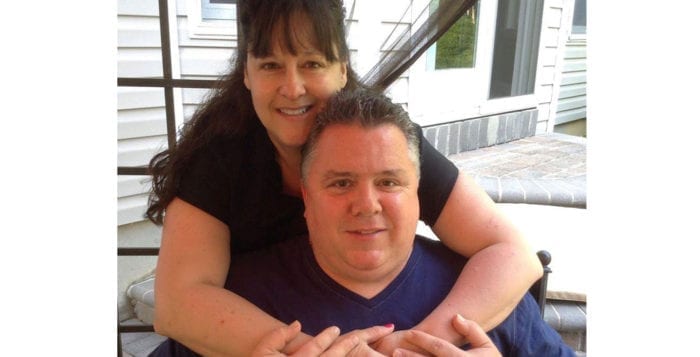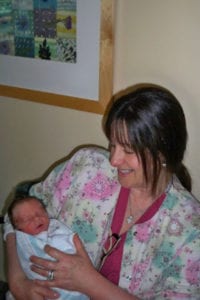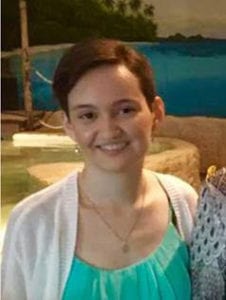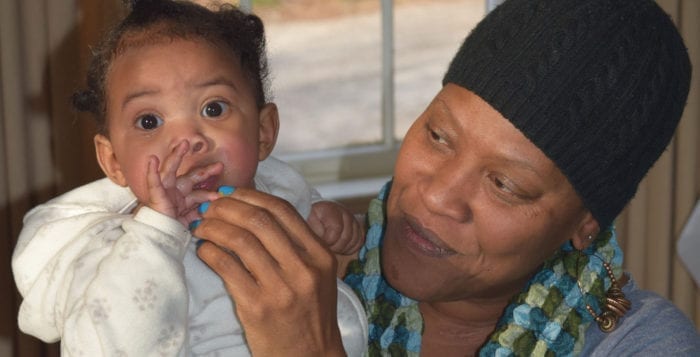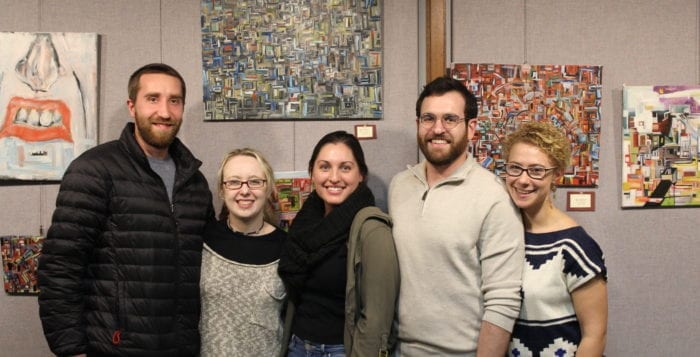Gov. Andrew Cuomo (D) briefed residents last week with his plans and proposals for the coming year in his State of the State address.
One of the more than 30 proposals focused entirely on the needs of Long Island’s infrastructure, with an investment of $160 million slated for transformative projects, including $120 million for the Long Island Rail Road, and $40 million to build sewers.
“These major, transformative investments in Long Island’s core infrastructure invest in the future resiliency and strength of the region,” Cuomo said. “Enhanced LIRR stations will connect further than they ever have before, and these vital water infrastructure projects will support environmental sustainability and bolster economic growth. With these projects, we equip Long Island with the tools and resources to drive commercial activity, create jobs and build a stronger Long Island for generations to come.”
Funds for the LIRR would go toward “state-of-the-art” enhancements at certain stations, improving system connectivity and establishing a new stop at the Brookhaven National Laboratory in Upton. According to the governor’s office, the MTA will cover $35 million of the investment. Stops on the North Shore that would receive upgrades include Northport, Stony Brook, Port Jefferson and Ronkonkoma.
A sum of $80 million will be invested in major enhancements at 16 stations to improve the customer experience — coming in at $5 million each, including new facilities, Wi-Fi, charging stations for electronics, public art, new platform waiting areas, general station renovations and improved signage. The enhancements will be customized to the needs of each station and constructed with minimal disruption. Creating a stop on the LIRR Ronkonkoma Branch to Brookhaven National Laboratory would cost $20 million.
David Manning, director of stakeholder relations for BNL, said the station would be a great asset to both the lab and the community.
“It’s really important for the future of young scientists and attracting new talent,” he said in a phone interview. “It allows us to expand our programs and would help with easier access to the lab from New York City. We are a user facility with a large employee base, so greater public transportation access to the lab would be very helpful.”
Cuomo also pledged $40 million to build sewers to support economic growth and environmental sustainability in Smithtown and Kings Park. Both areas are in the process of improving their downtown districts.
“These major, transformative investments in Long Island’s core infrastructure invest in the future resiliency and strength of the region.”
— Andrew Cuomo
Smithtown Supervisor Pat Vecchio (R) said the money is greatly needed to help bring positive change.
“It’s a great thing,” he said in a phone interview. “I’ve been asking the county for the last three years for sewers in Kings Park and Smithtown.”
The $20 million Smithtown Business District Sewer Improvement Area project would install sanitary infrastructure and a $20 million Kings Park wastewater treatment facility would be installed in the 100-acre, 140-lot central business district adjacent to the Kings Park railroad station.
Another proposal has been on the national radar for more than a year, thanks to the 2016 presidential campaign.
Cuomo said he intends to bring free college tuition to New Yorkers with the Excelsior Scholarship, a program that would make college tuition-free for New York’s middle-class families at all SUNY and CUNY two- and four-year colleges.
“A college education is not a luxury — it is an absolute necessity for any chance at economic mobility, and with these first-in-the-nation Excelsior Scholarships, we’re providing the opportunity for New Yorkers to succeed, no matter what zip code they come from and without the anchor of student debt weighing them down,” Cuomo said.
It’s no secret New Yorkers are struggling with college debt. According to the state comptrollers office, student loan debt more than doubled during the last decade, growing to $82 billion, an increase of 112 percent. The number of student loan borrowers also rose sharply in New York in the last 10 years with an increase of more than 41 percent, to 2.8 million.
The program would be available for more than 940,000 middle-class families or individuals that make up to $125,000 annually and who are enrolled in a SUNY or CUNY university. According to the governor’s office, 80 percent of households in the state make $125,000 or less. Based on enrollment projections, the plan will cost approximately $163 million per year once fully phased in. The new initiative would take about three years to kick in, beginning for New Yorkers making no more than $100,000 annually in the fall of 2017, increasing to $110,000 in 2018 and reaching $125,000 in 2019.
Funding for the initiative would come from various aid programs. Eligible students would receive federal grants and additional state funds would cover the remaining tuition costs for incoming or existing students who qualify.
Cuomo announced the initiative at LaGuardia Community College in Long Island City alongside U.S. Sen. Bernie Sanders (I-Vermont), who has been a longtime supporter and advocate for free public college tuition.
“If the United States is to succeed in a highly competitive global economy, we need the best educated workforce in the world,” he said. “With exploding technology, and with most of the good paying jobs requiring more and more education, we need to make certain that every New Yorker, every Vermonter and every American gets all the education they need regardless of family income.”
“With exploding technology, and with most of the good paying jobs requiring more and more education, we need to make certain that every New Yorker gets all the education they need regardless of family income.”
—Bernie Sanders
A third proposal would attempt to tackle heroin and opioid addiction —a growing issue throughout Suffolk County, New York and the country.
The proposal aims to eliminate insurance barriers and further expand access to effective treatment, curb overprescribing, and get fentanyl and other synthetic opioids off the streets.
“This multipronged plan addresses each component of heroin and opioid addiction — prevention, treatment and recovery — in order to help break this cycle of misery and save lives,” Cuomo said.
The governor created a six-point plan, which focuses on eliminating prior authorization requirements to make substance use disorder treatment available to all; adding fentanyl analogs to the controlled substances schedule to subject emerging synthetic drugs to criminal drug penalties; increasing access to lifesaving buprenorphine treatment by recruiting health care providers to become prescribers; establishing 24/7 crisis treatment centers to ensure access to critical support services; requiring emergency department prescribers to consult the Prescription Monitoring Program registry to combat doctor shopping; and creating New York’s first recovery high schools to help young people in recovery finish school.
A synthetic opioid more potent than heroin and resistant to the effects of Narcan, fentanyl encounters more than doubled in the U.S. from 5,343 in 2014 to 13,882 in 2015, according to the Centers for Disease Control and Prevention. The governor’s office said overdose deaths from synthetic opioids like fentanyl have increased by 135 percent from 2014 to 2015.
Cuomo said he intends to subject criminal drug penalties for possession of fentanyl, as well as add it to the state’s controlled substance schedule to help law enforcement curb the growing trend. He also wants to improve resources for kids and young adults struggling with drug abuse and addiction with recovery schools, where students in recovery learn in a substance-free environment to help them stay healthy and on track to graduate. Cuomo said he intends to propose legislation to create recovery high schools in regions of New York where abuse is at critical levels.
Boards of Cooperative Educational Services will submit proposals to establish the first schools, one upstate and one downstate, in partnership with local social service agencies. The board will operate the new schools, which are funded by sponsoring school districts. Enrollment will be open to all high school students with a diagnosis of a substance abuse disorder and a commitment to recovery.
Some of the governor’s other proposals included various improvements to John F. Kennedy Airport, an enhanced middle-class child care tax credit to make child care more affordable for the middle class, and promoting the use of electric vehicles with more charging stations statewide.




